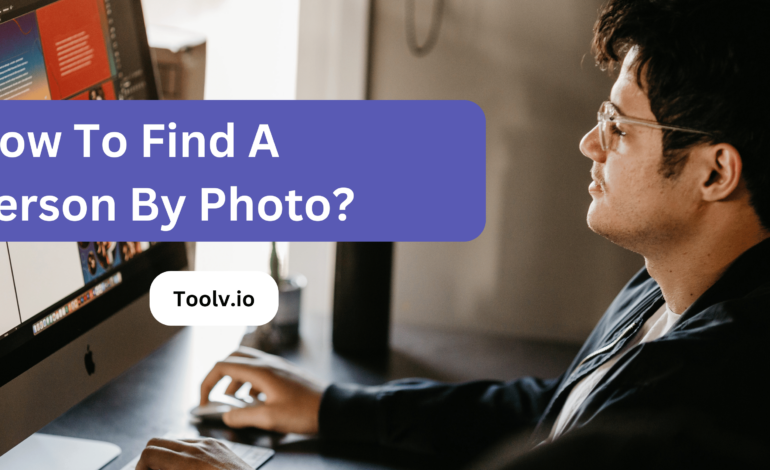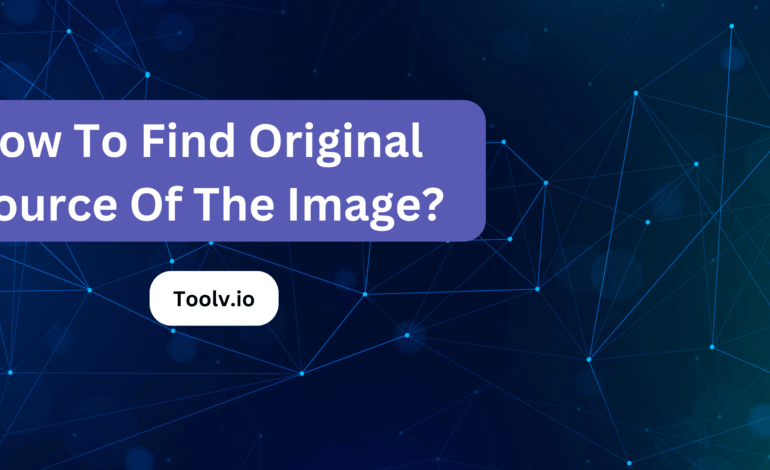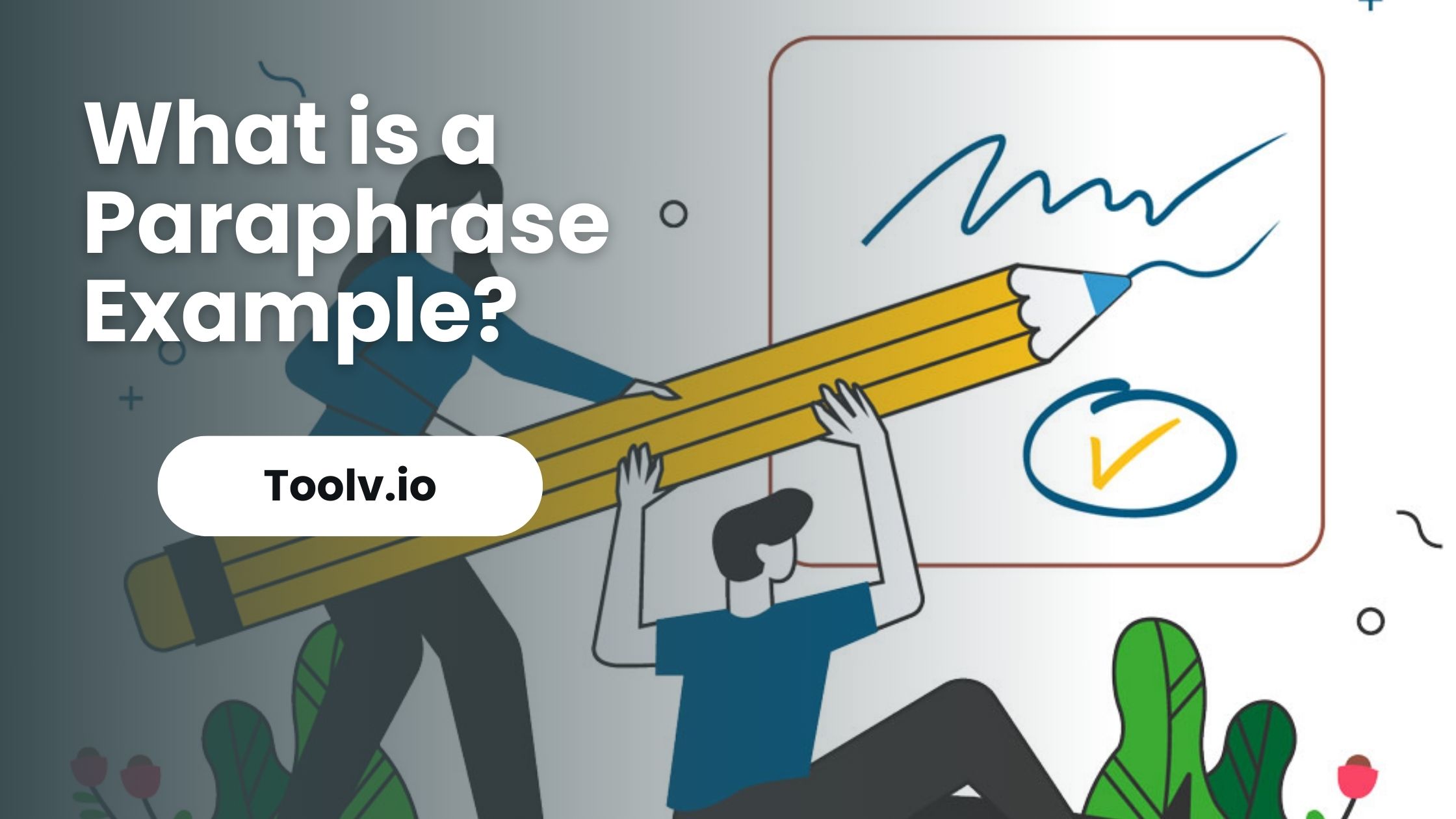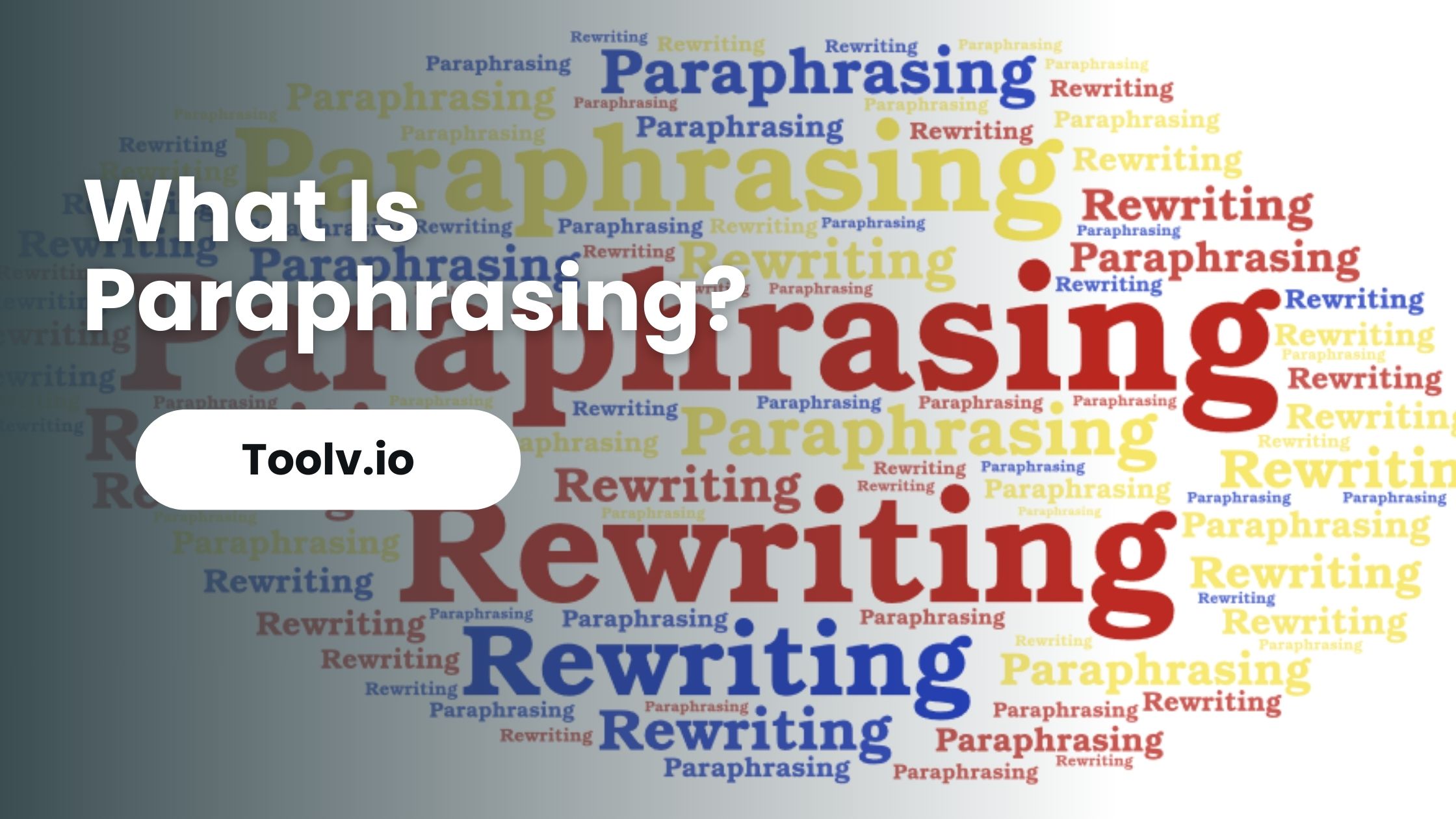How To Find A Person By Photo?

Looking to find a person by photo? It’s a common query in today’s digital age. With the rise of social media and online platforms, people often wonder if they can track down someone using just a photo.
In this article, we will discuss various methods and tools for finding a person by photo. From using search engines to specialized image search websites, we’ll explore the options available for identifying and locating individuals online.
Understanding Reverse Image Search
Reverse image search is like a magic trick for finding pictures online. You use a photo instead of words to search. It’s handy when you want to know more about a picture or find similar ones. You just upload the image to a search engine, and it shows you where the picture is from or similar photos.
This tool is great for different reasons. For example, you can find out if someone else is using your photos without permission. Or, you can look for higher-quality versions of an image. It’s simple to use and helps you dig deeper into the vast world of the internet with just a photo.
By using reverse image search, you can also discover the original source of an image. This is super useful for checking facts or finding the original creator. It’s a straightforward way to get more information from just a snapshot.
What Reverse Image Search Is?
Reverse image search is a handy online tool that helps you find similar pictures across the internet. You upload an image instead of typing words. The search engine then looks for images that match or look like the one you uploaded.
This tool is great for finding out where an image came from, its original source, or getting similar images. It’s like magic for pictures. You can use it for work, to learn more about a picture, or just for fun.
It’s simple to use and works on most search engines. Just go to the image search section, upload your picture, and see what it finds. It’s a quick way to dig deeper into the digital world of images.
Benefits Of Using Reverse Image Search
- Identify original sources and context of an image: Reverse search allows you to find earlier or original instances of an image to understand where it came from and how it has been used. This can help determine if an image is being used out of context or misrepresented.
- Fact check viral or questionable images – If an image seems suspicious or is going viral with questionable claims, reverse search can help verify the facts and origins. This can reveal if an image has been doctored or is connected to fake news.
- Find higher quality or alternate versions of images – A reverse search often brings up alternate versions, edits or higher resolutions of an image which you may want to download for your own use.
- Credit photographers or original artists for their work – Identifying the original source of an image helps ensure creators/artists are credited for work that may have been reposted without attribution. Proper attribution is important for copyright.
- Discover more relevant, related images and information – Beyond just the identical match, a reverse search provides visually similar images that may be helpful or topically related in some way to your query image.
How It Works Using Search Engines Like Google Images
Using search engines like Google Images is pretty straightforward. You type what you’re looking for into the search bar, and it shows you pictures related to your search. It’s like having a huge album of the world’s images at your fingertips.
The search engine uses algorithms to find the most relevant pictures for your query. These algorithms look at the text associated with images across the web to find matches. So, when you search, it’s not just about the image name but also the context in which it’s used.
This process makes finding images super easy. Whether you’re looking for photos, illustrations, or any visual content, Google Images sorts through millions of pictures to help you find exactly what you need. It’s like magic, but it’s all technology and smart coding doing the work.
Step-By-Step Guide On How To Perform A Reverse Image Search
- Find the image you want to search for. This may be an image you have saved on your computer, saw on a website, or have the URL for already.
- Go to Google Images and click on the camera icon in the search bar. Alternatively, you can go to images.google.com/upload to start a reverse image search directly.
- Upload the image file from your computer by dragging and dropping it into the search box. If you have the URL, you can simply paste the link in the search box.
- Click “Search by image“. Google will scan the image and then show you pages, websites, or other locations where this image appears online.
- Scroll through the search results looking for the earliest or most relevant matches to where this image originally came from. Opening result links will let you further verify the context of that image match.
- Utilize the “Pages that include matching images” tab to expand beyond direct photo matches into pages that contain or discuss the image being searched. Often additional context can be found here.
- Try other reverse image sites like TinEye or Yandex for alternate search capabilities to potentially uncover more unique information about the image being investigated. Different engines index different parts of the web.
Tips For Successful Person Search By Photo
- Use a clear photo that clearly shows the person’s face. Ideally the image would be a close-up of their face looking straight on. More facial detail gives search engines more data points to make a match.
- Try uploading the photo to various search engines – Google, Bing and Yandex all allow image searches to try identifying people. Running searches on multiple platforms gives you alternative results.
- Use recent photos if possible. Search engines have expanded their image recognition capabilities over time. A more recent photo has a better chance for recognition.
- Check both exact matches and visually similar matches in search results. Sometimes edits to images or low resolutions copies can appear among visually similar results.
- Search for context alongside the photo results. Captions, nearby text and other contextual signals around where your image match appears can help confirm the identity or provide additional leads.
- Utilize web and social graphs if the person search leads you to their social media accounts. Their connections and profile network can give insight about who they truly are.
- If one search doesn’t yield answers, try alternative photographs for more search entry points around that person’s online identity.
FAQs
Can I find someone on social media using their photo?
Yes, many social media platforms allow you to search for people using photos. For example, Facebook’s facial recognition feature can suggest tags based on uploaded images, potentially helping you locate the person you’re looking for.
Is it legal to find someone by their photo?
In most cases, yes. As long as you’re not infringing on anyone’s privacy or using the information for malicious purposes, using publicly available information to find someone by their photo is typically legal. However, it’s essential to respect people’s privacy and use the information responsibly.
Are there any privacy concerns with finding people by photo?
Yes, there can be privacy implications, especially if the person hasn’t consented to their image being used or if you’re accessing private information. Always be mindful of ethical considerations and ensure that your actions are lawful and respectful of others’ privacy rights.
Conclusion
Finding a person by photo involves using reverse image search tools, which can help track down individuals across the web. By uploading an image, users can uncover related content and potentially identify the person in the picture.
Additionally, Toolv.io offers an image compressor feature, allowing users to reduce file sizes without compromising quality, ideal for sharing images online quickly and efficiently. Overall, with the aid of tools like Toolv.io, locating individuals through images becomes more accessible and convenient for users.





